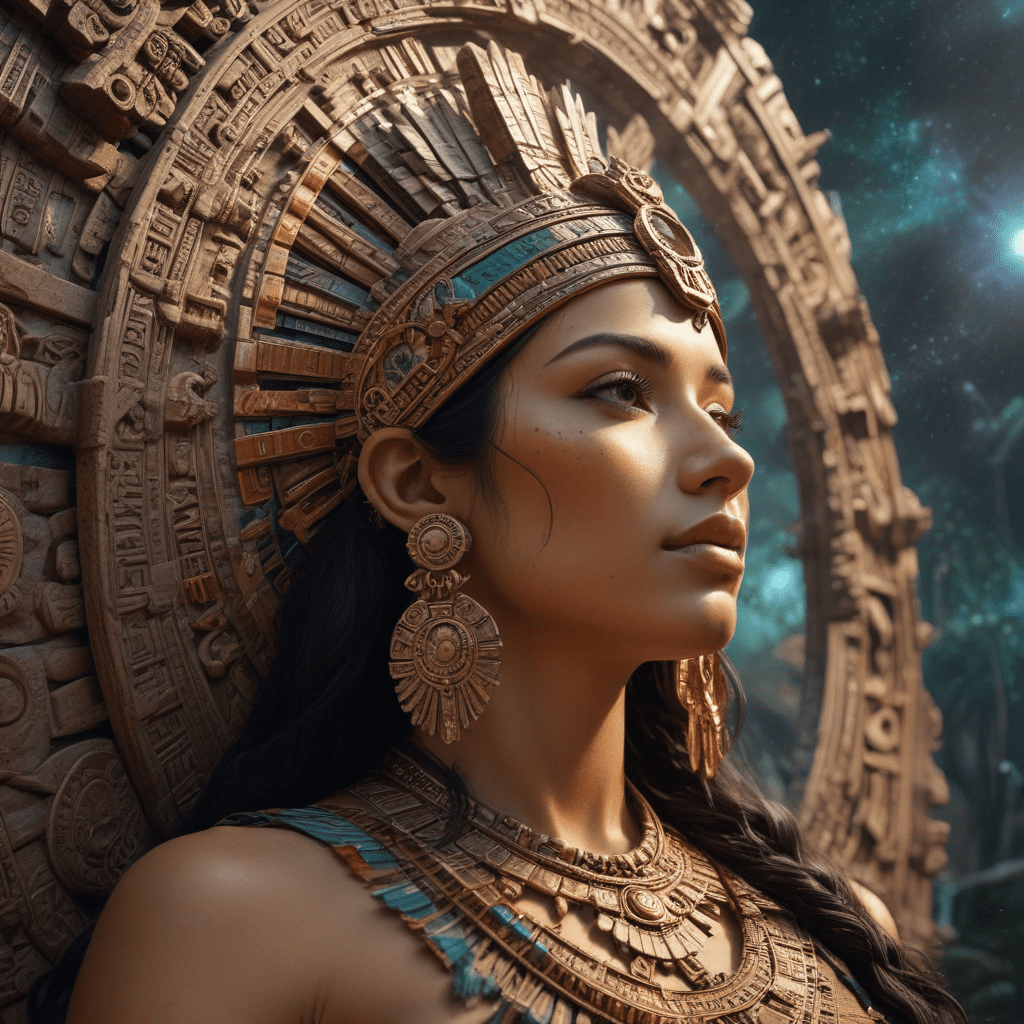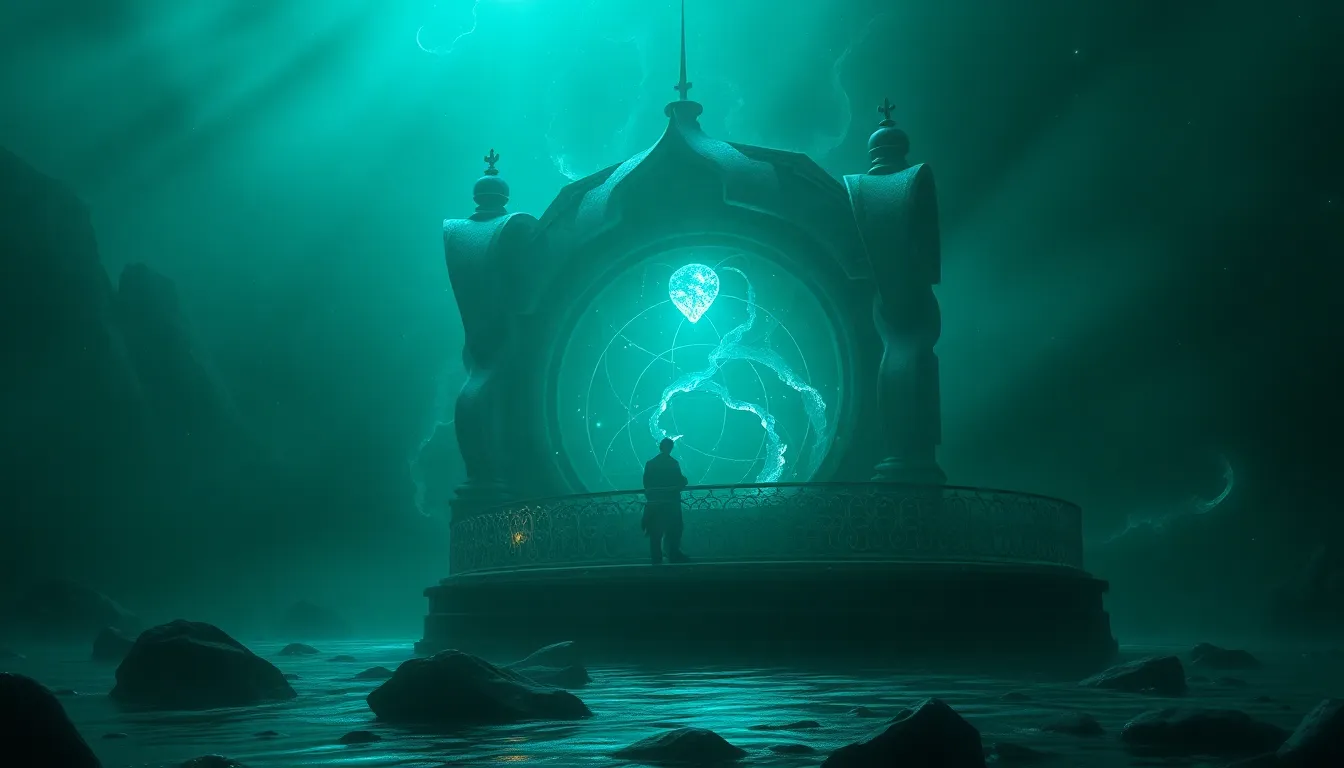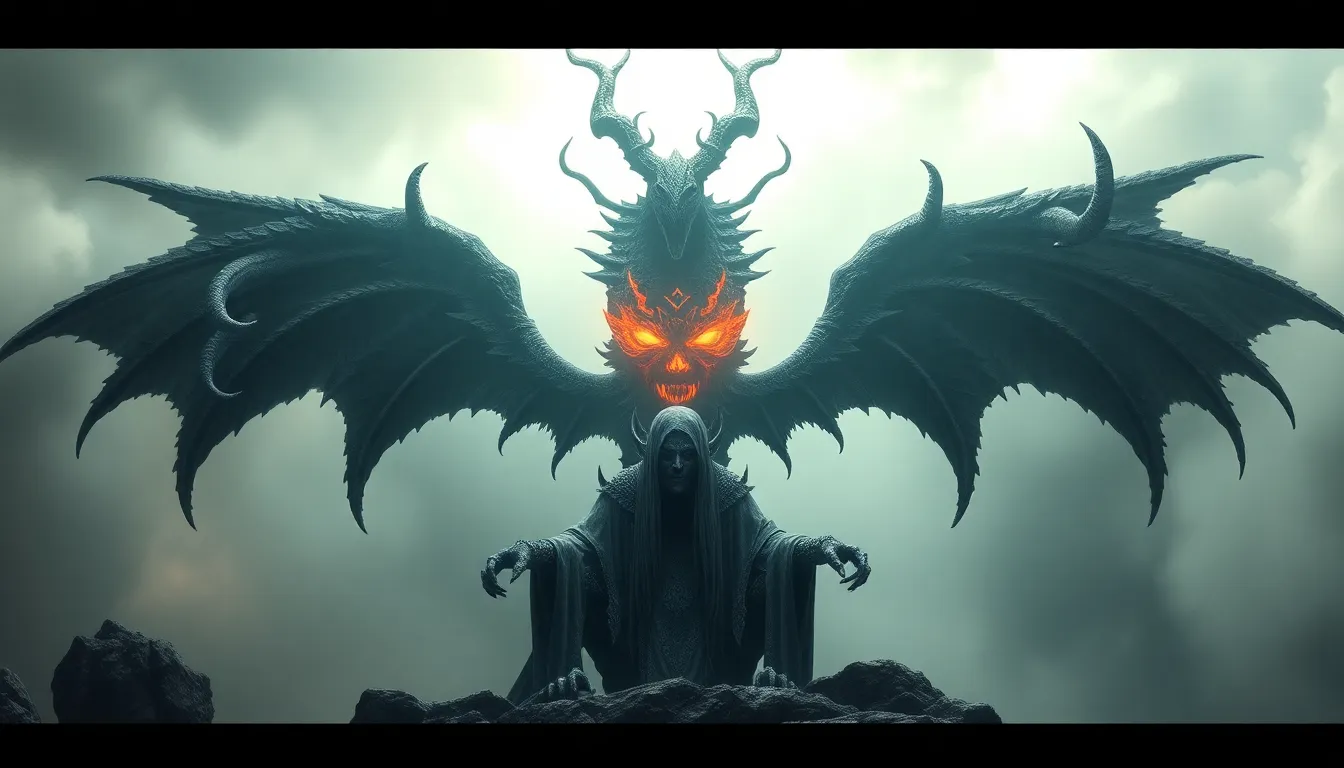The Influence of Astronomy in Mayan Mythology
1. Introduction
The Maya civilization, renowned for its sophisticated culture and rich mythology, flourished in Mesoamerica from 2000 BCE to 900 CE. Their deep connection with the cosmos was evident in their daily lives, reflected in their intricate mythology and advanced astronomical knowledge. This outline delves into the profound influence of astronomy on Mayan mythology, exploring how celestial bodies and astronomical phenomena shaped their understanding of the world and their place within it.
2. The Mayan Creation Myth
The Popol Vuh, the sacred book of the Maya, reveals the central role of astronomy in their creation myth. The story narrates the journey of the Hero Twins, Hunahpu and Xbalanque, through the underworld, mirroring the cyclical movement of celestial bodies. The twins' battles with the Lords of Xibalba represent the struggle between light and darkness, echoing the daily cycle of the sun and moon. The celestial symbolism embedded in the creation myth underscores the Maya's profound understanding of astronomical cycles and their significance in shaping their worldview.
3. Mayan Deities and Astronomy
The Mayan pantheon reflects their deep reverence for celestial bodies. Itzamna, the Sun God, embodies the life-giving power of the sun, while Ix Chel, the Moon Goddess, symbolizes fertility and the cyclical nature of time. Venus deities, associated with war and sacrifice, played a crucial role in their rituals and calendar. The attributes and symbolism associated with these deities highlight the Maya's keen observations of celestial movements and their integration into their religious beliefs.
4. The Mayan Calendar and Timekeeping
The Maya developed a remarkably complex and accurate calendar system, surpassing the Gregorian calendar in its precision. The intricate calendar incorporated various cycles, including the 260-day Tzolkin and the 365-day Haab, aligning with the movements of the sun, moon, and Venus. This sophisticated system enabled the Maya to predict astronomical events with remarkable accuracy, demonstrating their profound understanding of celestial cycles and their impact on their lives.
5. Astronomical Observations and Rituals
The Maya were meticulous observers of the night sky, developing sophisticated instruments and techniques for astronomical observation. They constructed elaborate observatories and utilized tools like the "cross-staff" to track the movements of celestial bodies with remarkable precision. Their rituals and ceremonies were intricately connected to astronomical events, marking solstices, equinoxes, and lunar phases with meticulous accuracy. These practices underscore the Maya's profound reverence for the cosmos and their deep understanding of its influence on their lives.
6. Astronomical Alignments in Mayan Architecture
The Maya meticulously aligned their monumental structures with astronomical events, demonstrating their profound understanding of celestial movements. The iconic pyramid of Chichen Itza, for instance, aligns with the summer solstice, casting a shadow that descends the pyramid's northern staircase in the shape of a serpent. Similarly, the Caracol observatory in Chichen Itza aligns with the equinoxes, showcasing the Maya's ability to predict celestial events with remarkable accuracy. These deliberate alignments served not only as practical tools for timekeeping but also as symbolic representations of their connection to the cosmos.
7. Theories about Astronomical Influence
The extent of astronomical influence on Mayan mythology and culture remains a subject of ongoing debate. Some scholars argue that astronomy provided a framework for understanding time, cosmology, and the afterlife, shaping their religious beliefs and practices. Others emphasize the symbolic interpretations of celestial events, suggesting that the Maya saw the cosmos as a reflection of human affairs and used astronomical phenomena to convey deeper philosophical and spiritual messages. Regardless of the precise extent of influence, astronomy undoubtedly played a significant role in shaping the Maya's worldview and their profound connection to the cosmos.
8. Conclusion
The influence of astronomy on Mayan mythology is undeniable. From the creation myth to the intricate calendar system, astronomical knowledge permeated every aspect of their culture. Their celestial observations and rituals demonstrate their profound reverence for the cosmos and their deep understanding of its influence on their lives. By studying the astronomical elements embedded in their mythology and architecture, we gain a deeper appreciation for the Maya's sophisticated understanding of the universe and their unique perspective on humanity's place within it.
9. FAQ
Q: What are the main astronomical influences on Mayan mythology?
A: The movements of the sun, moon, and Venus, as well as solstices and equinoxes, all played significant roles in shaping Mayan mythology and religious beliefs.
Q: What is the significance of the Mayan calendar?
A: The Mayan calendar was a complex system that accurately tracked the movements of celestial bodies and served as a tool for predicting astronomical events and planning rituals.
Q: How did the Maya use astronomy in their architecture?
A: The Maya deliberately aligned their structures with astronomical events, using them as symbolic representations of their connection to the cosmos and as tools for timekeeping.
Q: What is the legacy of Mayan astronomy?
A: The Maya's sophisticated understanding of astronomy continues to inspire awe and admiration, showcasing their remarkable intellectual and cultural achievements. Their legacy serves as a reminder of the profound connection between humanity and the cosmos.
10. Additional Resources
- The Popol Vuh: https://www.sacred-texts.com/nam/popol/
- The Mayan Calendar: https://www.history.com/topics/ancient-americas/mayan-calendar
- Chichen Itza: https://www.britannica.com/topic/Chichen-Itza
- The Caracol Observatory: https://www.ancient-origins.net/ancient-places-americas-south/caracol-0012933



